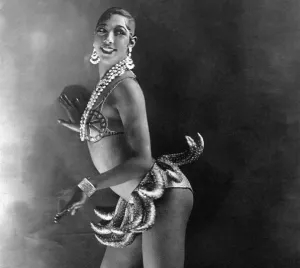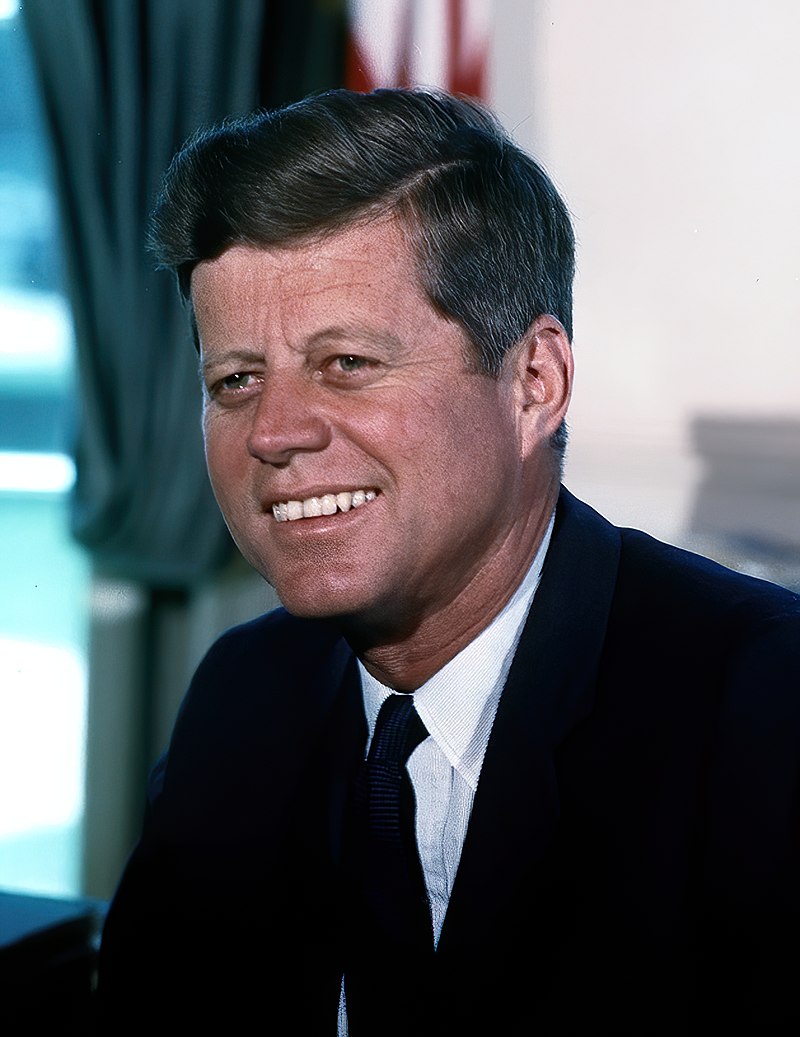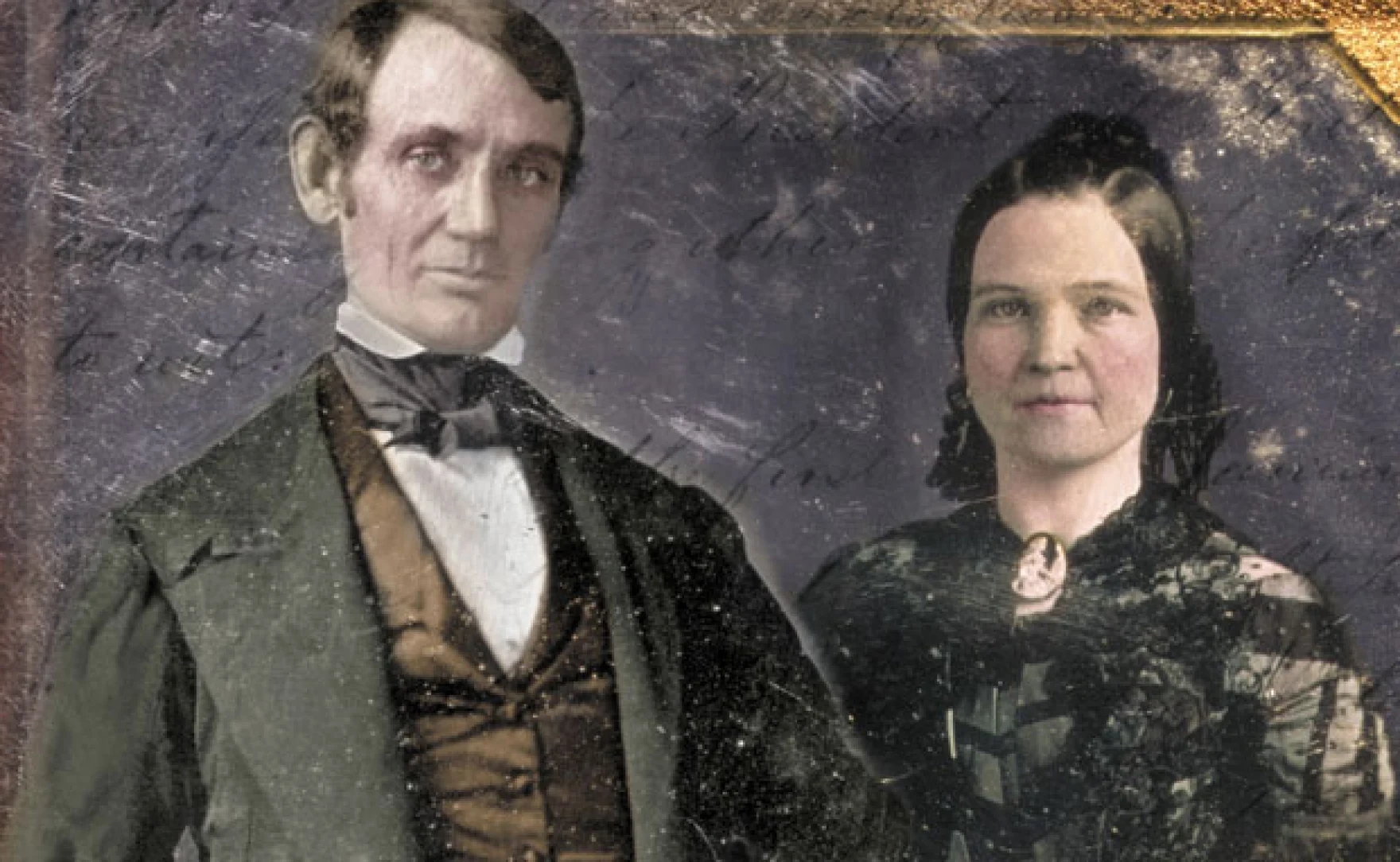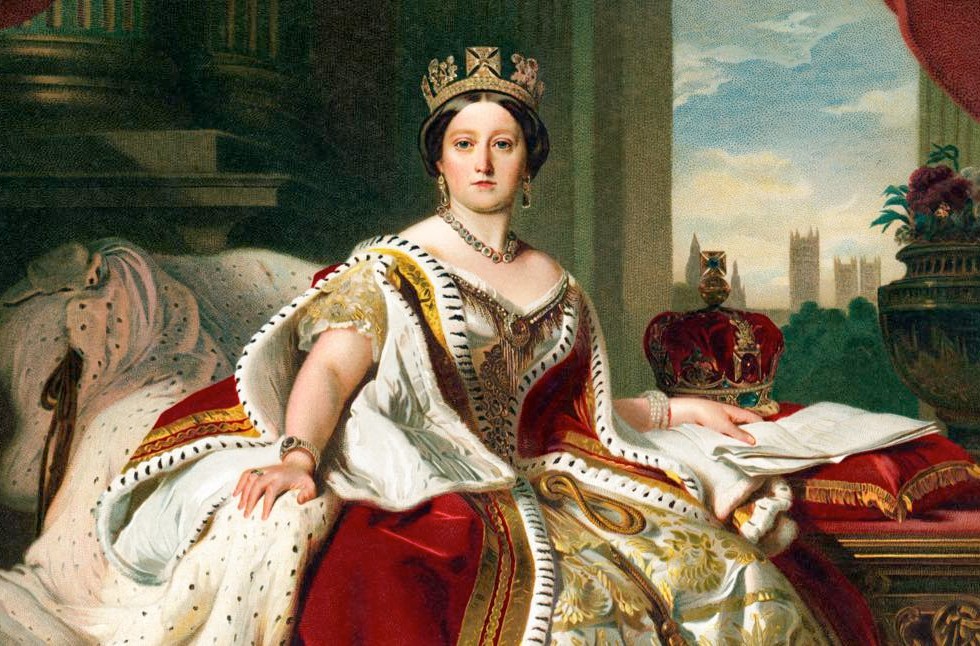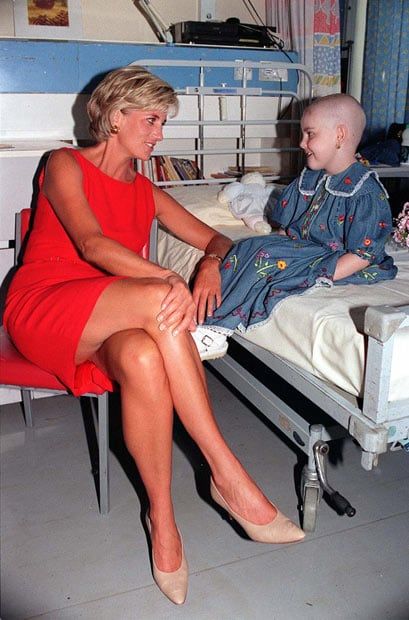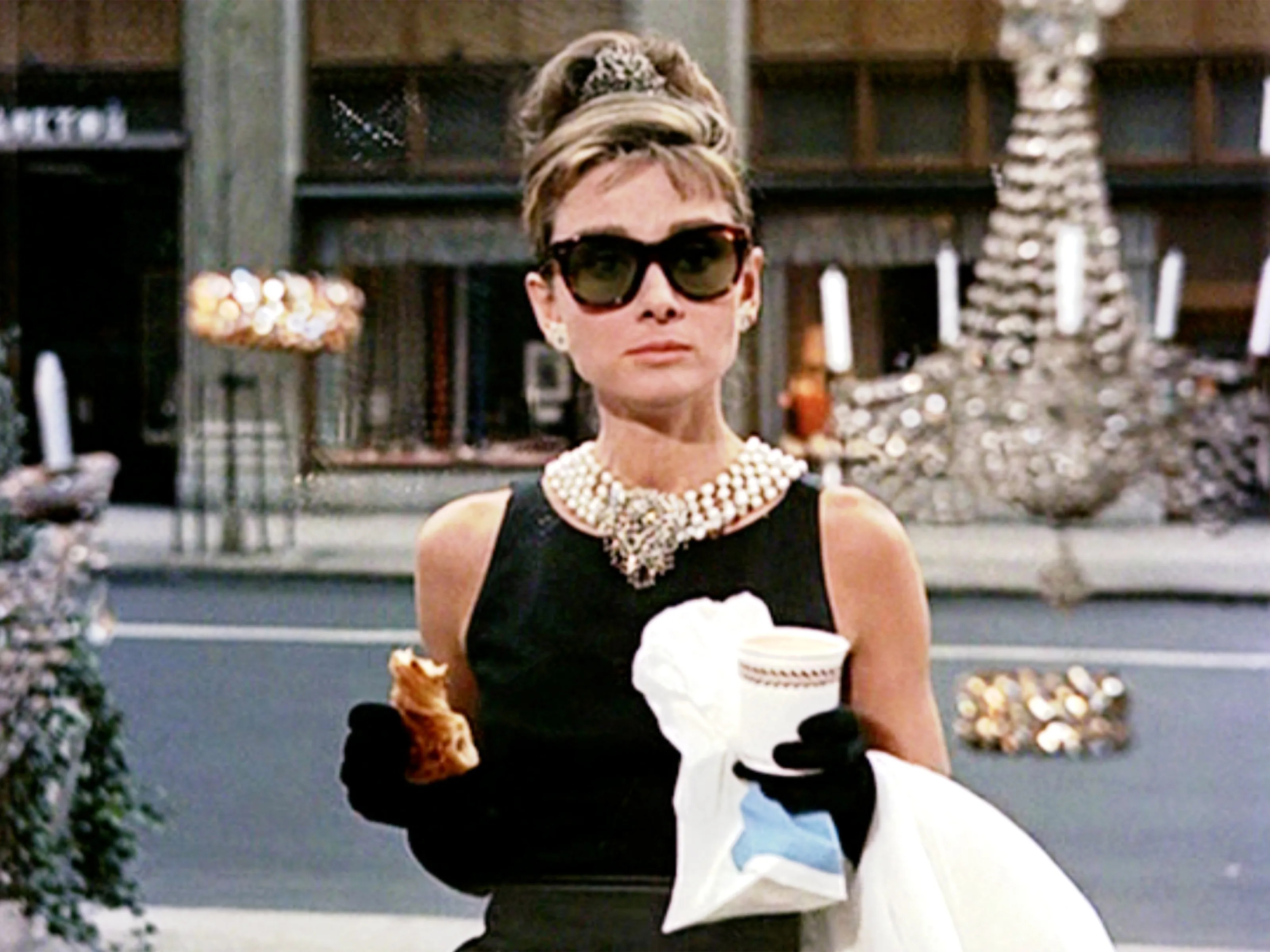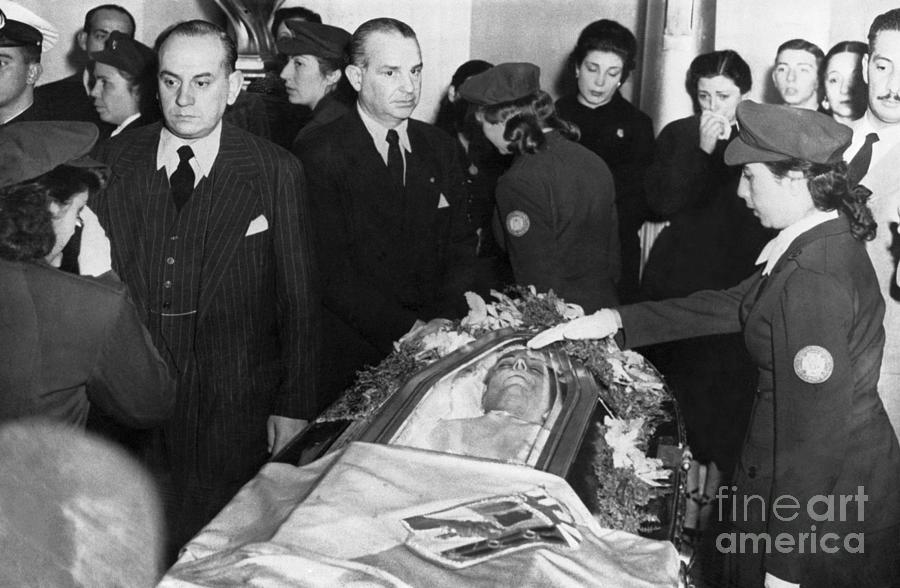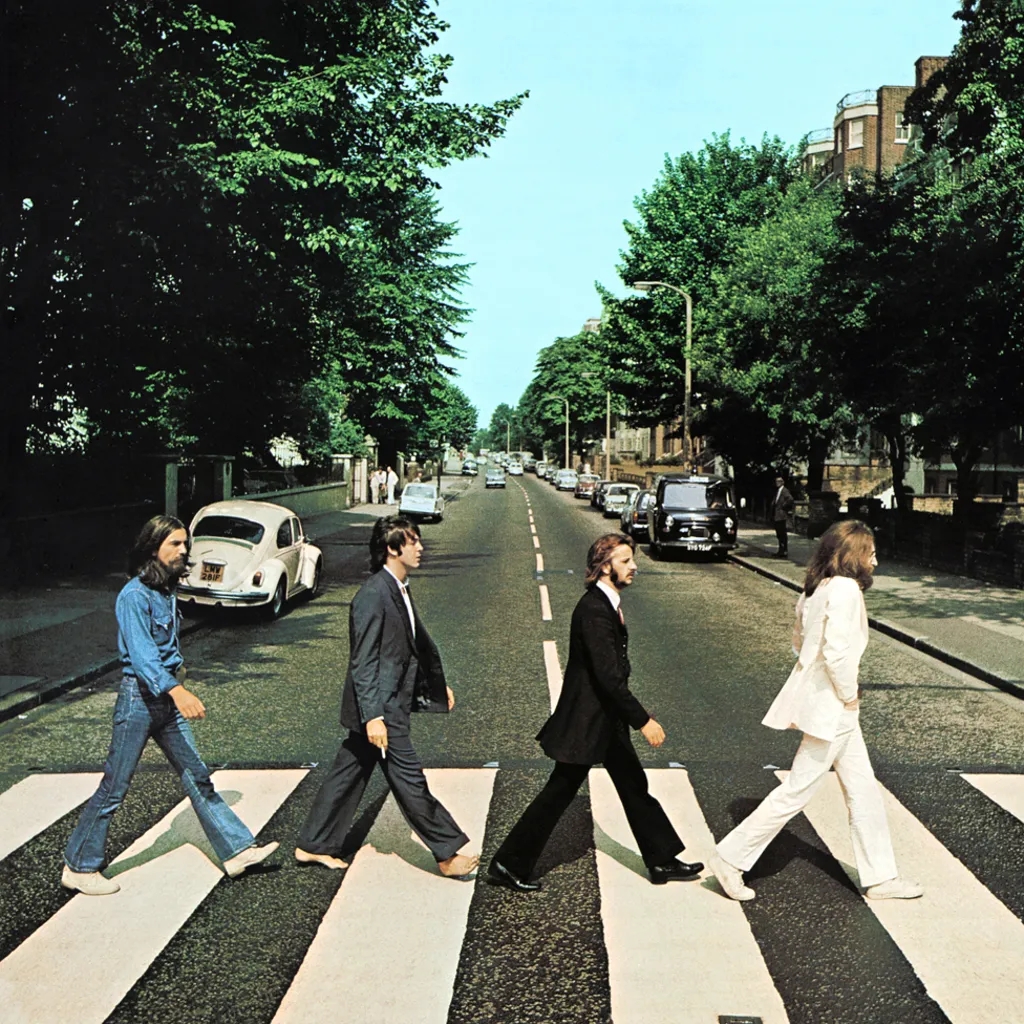
The Romanov Children in 1906: Tsar Nicholas II and Tsarina Alexandra had four daughters and one son. (L-R) The Grand Duchess Olga (b.1895), Tsarevich Alexei (b.1904), Grand Duchesses Tatiana (b.1897), Maria (b.1899) and Anastasia (b.1901) Romanov. They were the last Imperial children of Russia. They were murdered with their parents 12 years after this photo was taken, in 1918.
The Romanov girls – Olga, Tatiana, Maria, and Anastasia – were born only six years apart, which brought them close. As daughters of the Tsar, they naturally grew up in a very cloistered environment, without the usual playmates. This brought them even closer, closer than most sisters. They loved each other very dearly.
The grand duchesses thought of themselves as one unit and, by adolescence, decided to declare this unity by adopting the single autograph, “OTMA,” derived from the first letters of their names. As OTMA, they jointly gave gifts and signed correspondence.
Unlike most sisters, they did not squabble over possessions. Rather, they freely shared their belongings with one another. Tatiana once remarked to Baroness Buxhoeveden, one of her ladies-in waiting:
We sisters always borrow from each other when we think the jewels of one will suit the dress of the other.”
The girls were thrilled when their mother, Empress Alexandra, gave birth to a son in 1904. They warmly welcomed little Alexei, the tsarevich or heir, into their fold. He became everyone’s baby, especially when it was learned he was gravely ill with hemophilia.
Since there were five of them then, the grand duchesses modified the acronym OTMA to reflect the addition of their baby brother. OTMA thus became OTMAA.
Readers: For more about the Russian Royal Family on Lisa’s History Room, click here.






